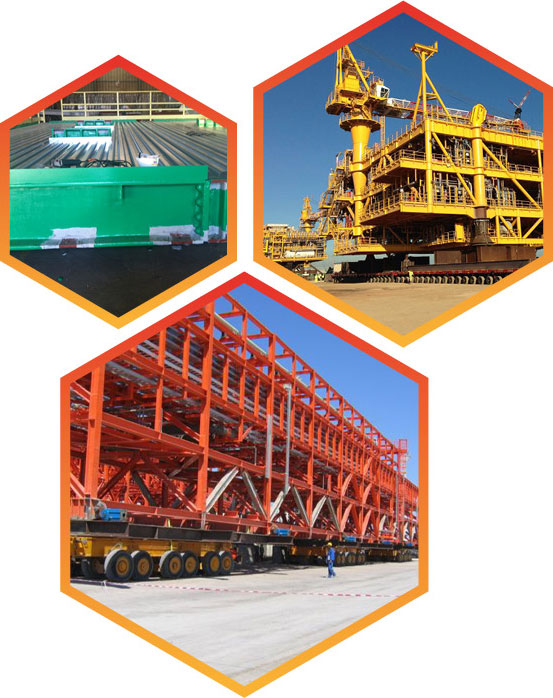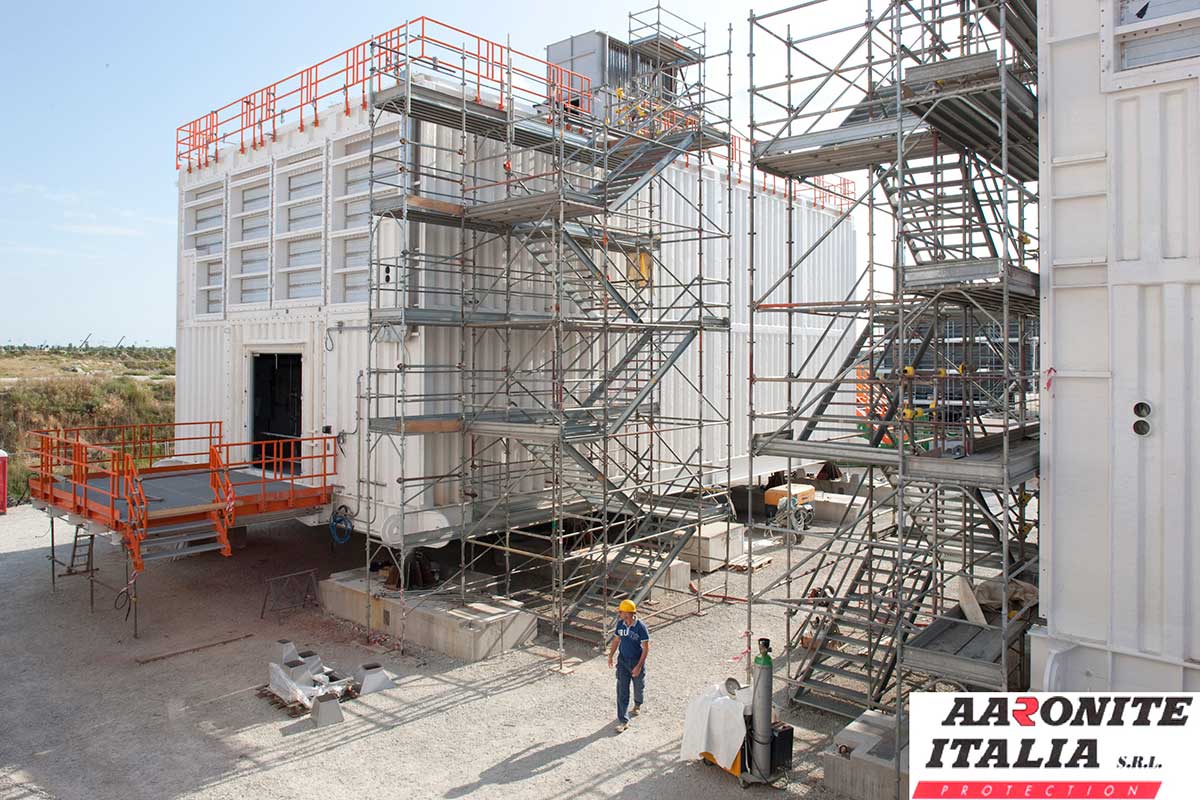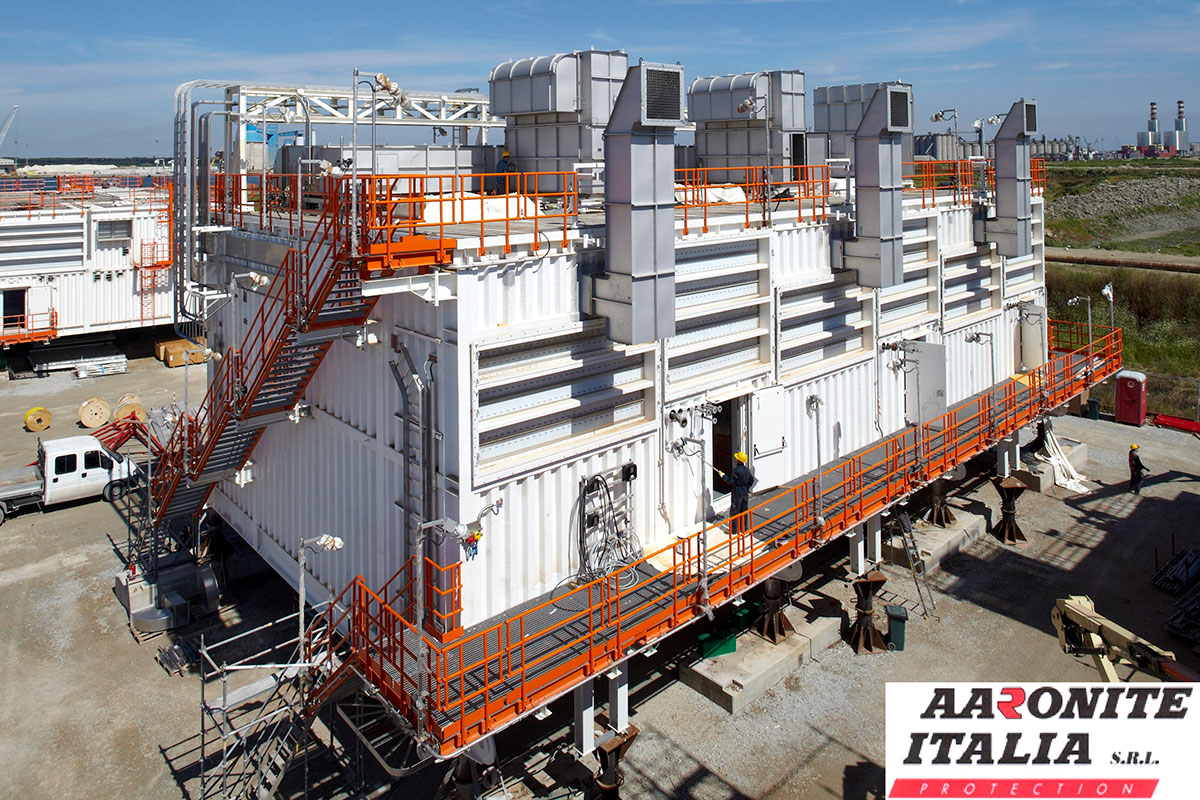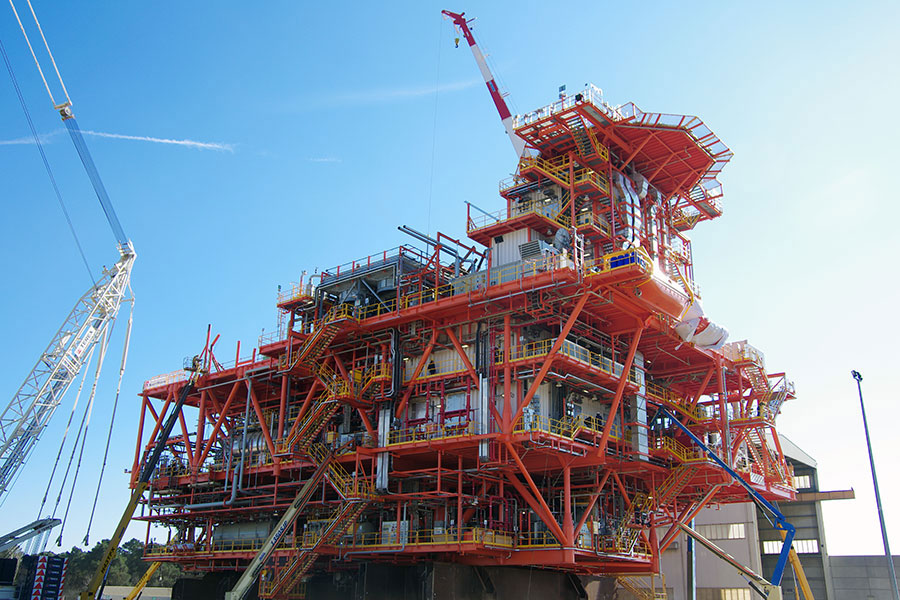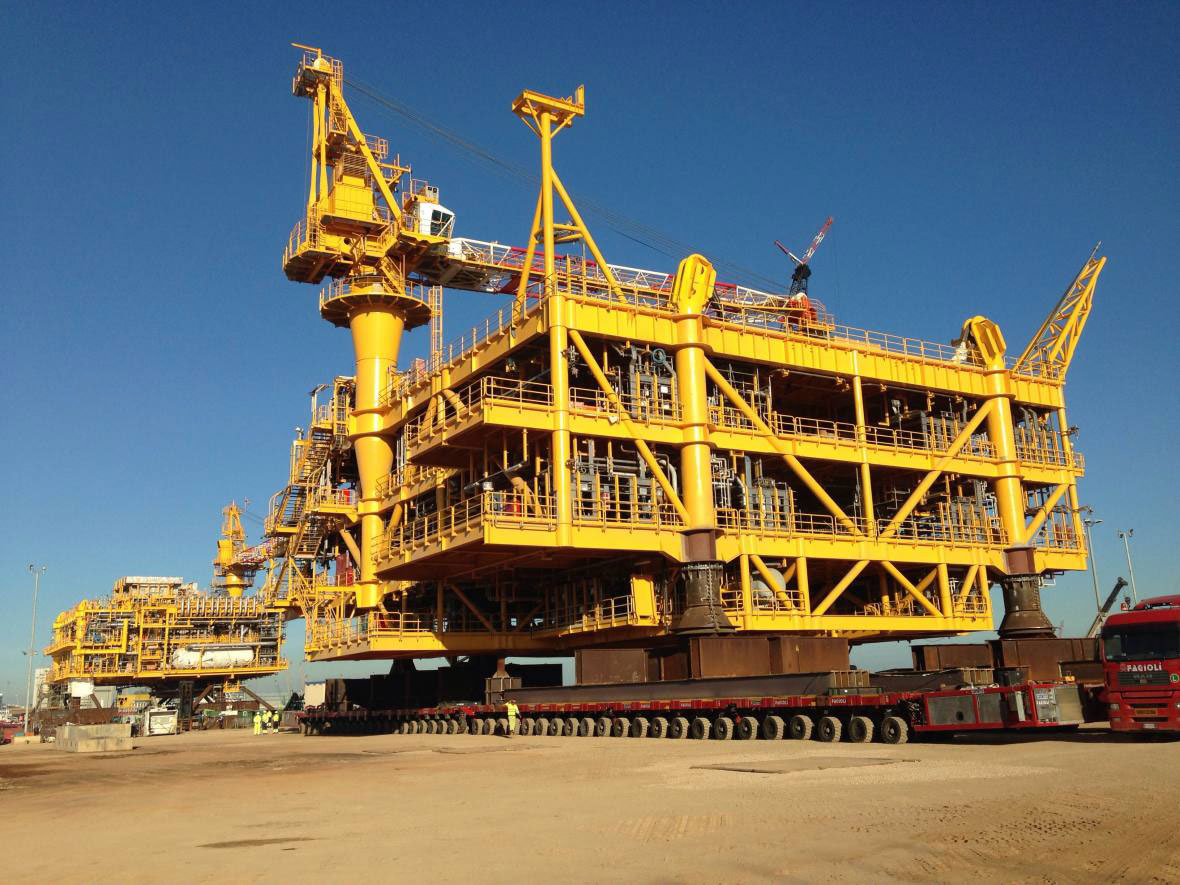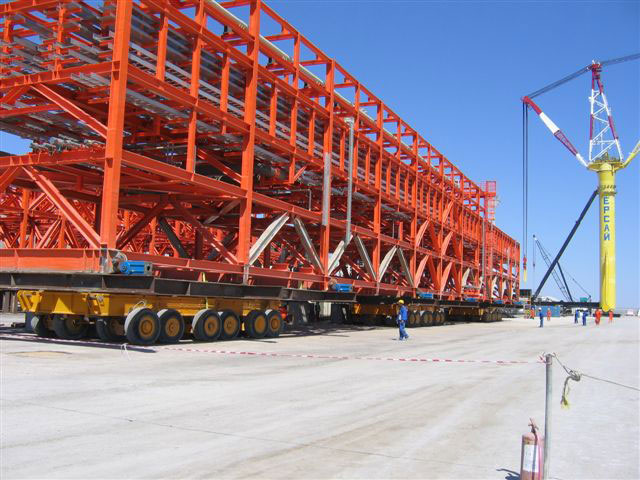Passive Fire Protection
Due to the high risk present in the refinery, offshore platforms, LPG deposits etc. and because of major accidents that may occur, European legislation and national laws, impose in addition to the “active fire protection” (splinkers, hydrants etc.) also the use of “fire protection PASSIVE” (fireproofing). Over the decades, engineering and safety’s analysis on the fire accidents, defined the first fundamental difference between the types of fire (cellulose or hydrocarbon), and thereby selection of the products (tested and certified) to assess their suitability for the application and to guarantee the fireproofing performance.
PASSIVE FIREPROOFING
MEANS
insulating systems designed to prevent heat transfer from a fire to the structure or equipment being protected.
These are generally coatings such as:
01. INTUMESCENT EPOXY BASED
02. CEMENT BASED PRODUCTS
In most cases, passive fire protection materials are used in conjunction with “active” systems such as water sprays, sprinklers and deluge, foam generation and inert gas suppression.
